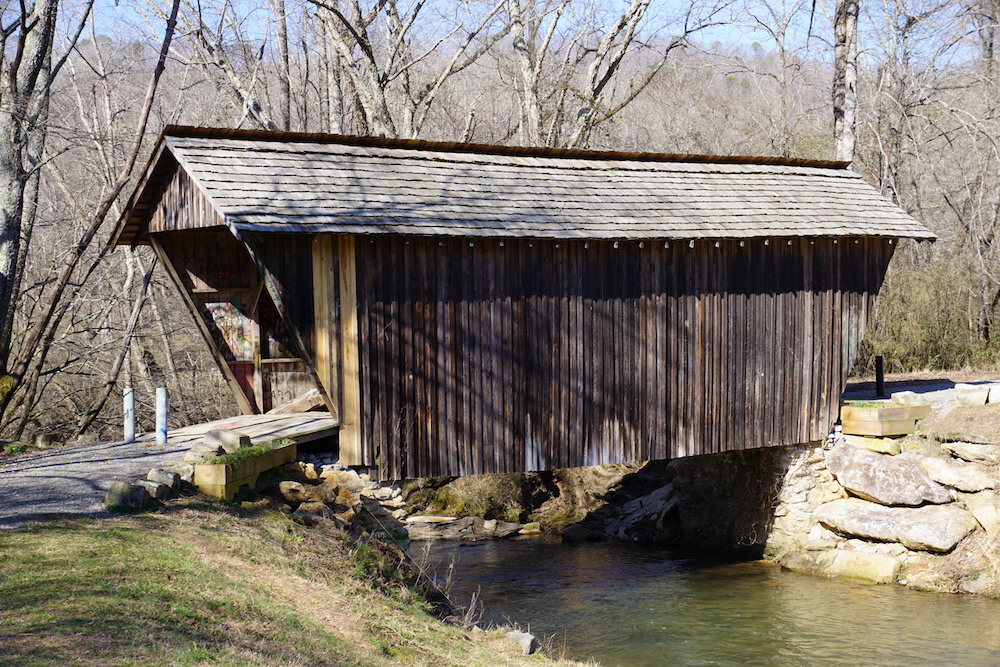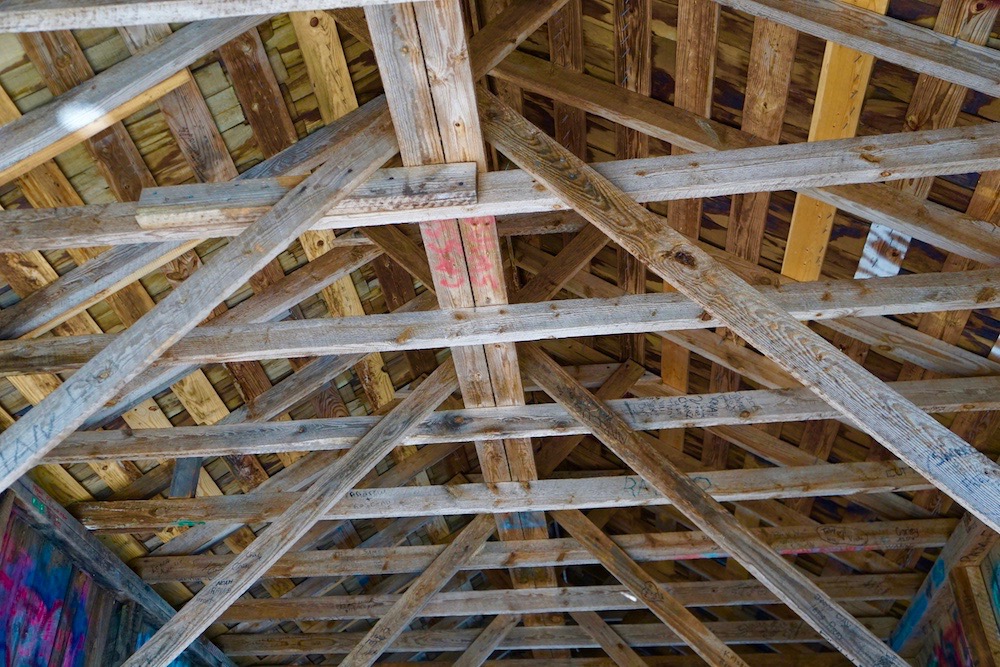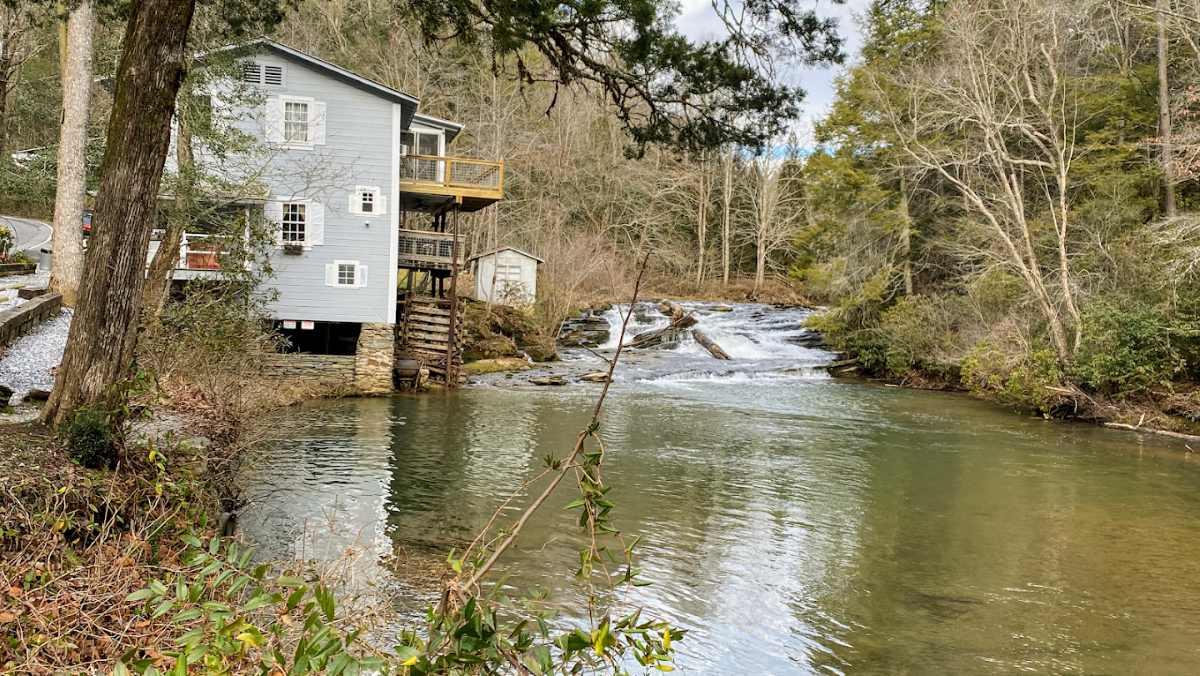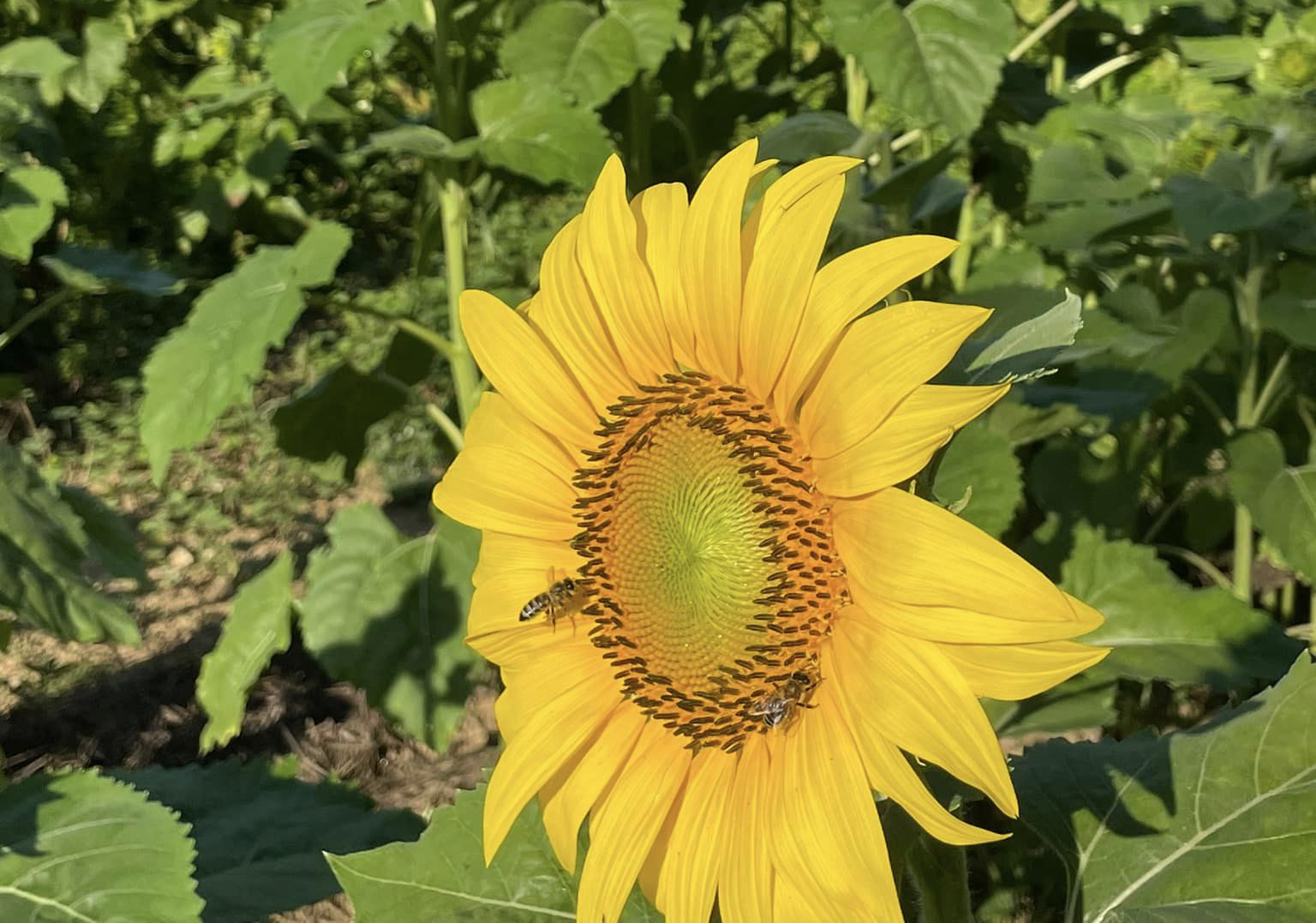
I’ve been drawn to covered bridges for as long as I can remember. I think they’re romantic looking, beautiful to photograph and take me back to a time in history. Covered bridges are aesthetically intriguing and historically important.
Historically, over 10,000 covered bridges existed in the United States, but only 700 can now be seen. State-wide, Georgia had more than 250 covered bridges at one time. Today, fewer than 20 remain, most located in the northern portion of the state.

While covered bridges are beautiful, they are also an example of the science of bridge building. According to Bustamante Engineers, bridge builders in Pennsylvania, the cover over the bridge was used to protect the wood in the bridge as well as the tresses that hold the bridge together. Wood was an inexpensive building material and was easy to get. However, rain, snow, and the sun destroyed the wood more quickly without the cover.
Interestingly, a wooden bridge without a cover had a life-span of 20 years. But a covered wood bridge can survive 200 years.
Usually, most bridges were painted red because it was the cheapest thing they could use to protect the wood on the outside. The red paint was a mixture of ingredients that were usually on-hand – skimmed milk, lime, and rust or oxidized iron.

If you have a love for covered bridges, pack a picnic and go visit one of the bridges in Georgia. They truly are one of Georgia’s vanishing treasures.
Covered bridges in northeast Georgia include:
- Stovall Mill Covered Bridge near Sautee-Nacoochee and Helen.
- Cromer’s Mill Covered Bridge near Carnesville.
- Watson Mill Covered Bridge near Comer.
- Howard’s Covered Bridge near Lexington.
- Lula Covered Bridge near Lula.
- Poole’s Covered Bridge near Cumming.
- Stone Mountain Covered Bridge, formerly from Athens, in Stone Mountain Park.
- Elder Mill Covered Bridge near Watkinsville.







